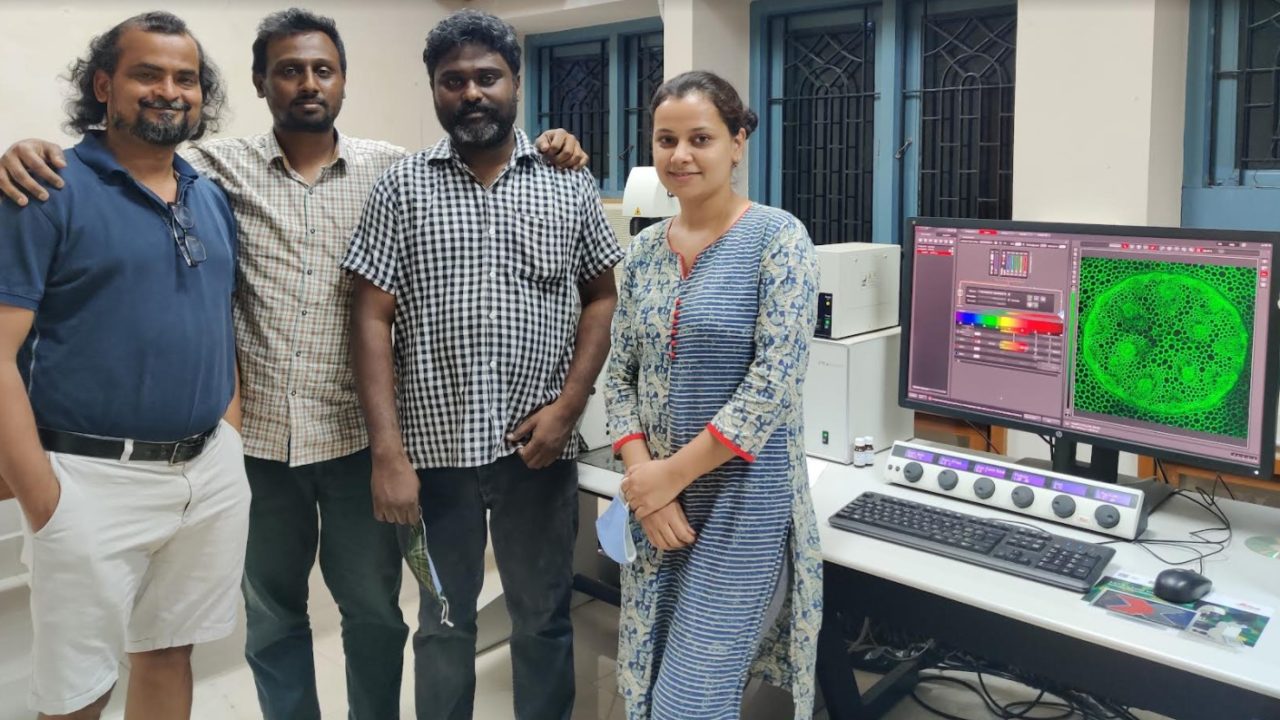
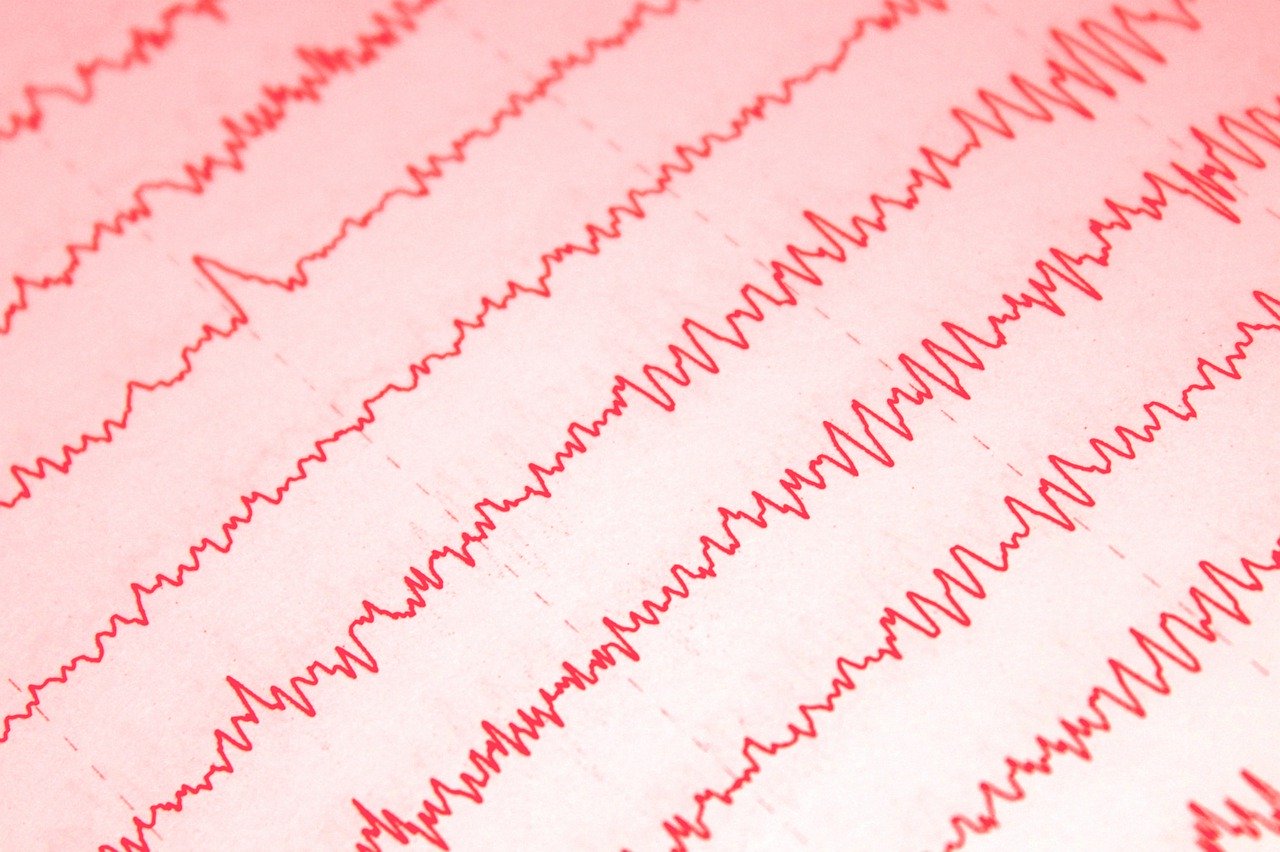
Researchers at the Indian Institute of Technology Madras have shown that EEG can also be used to measure brainwaves in industrial workers, to assess their mental sharpness, especially during times of crisis.
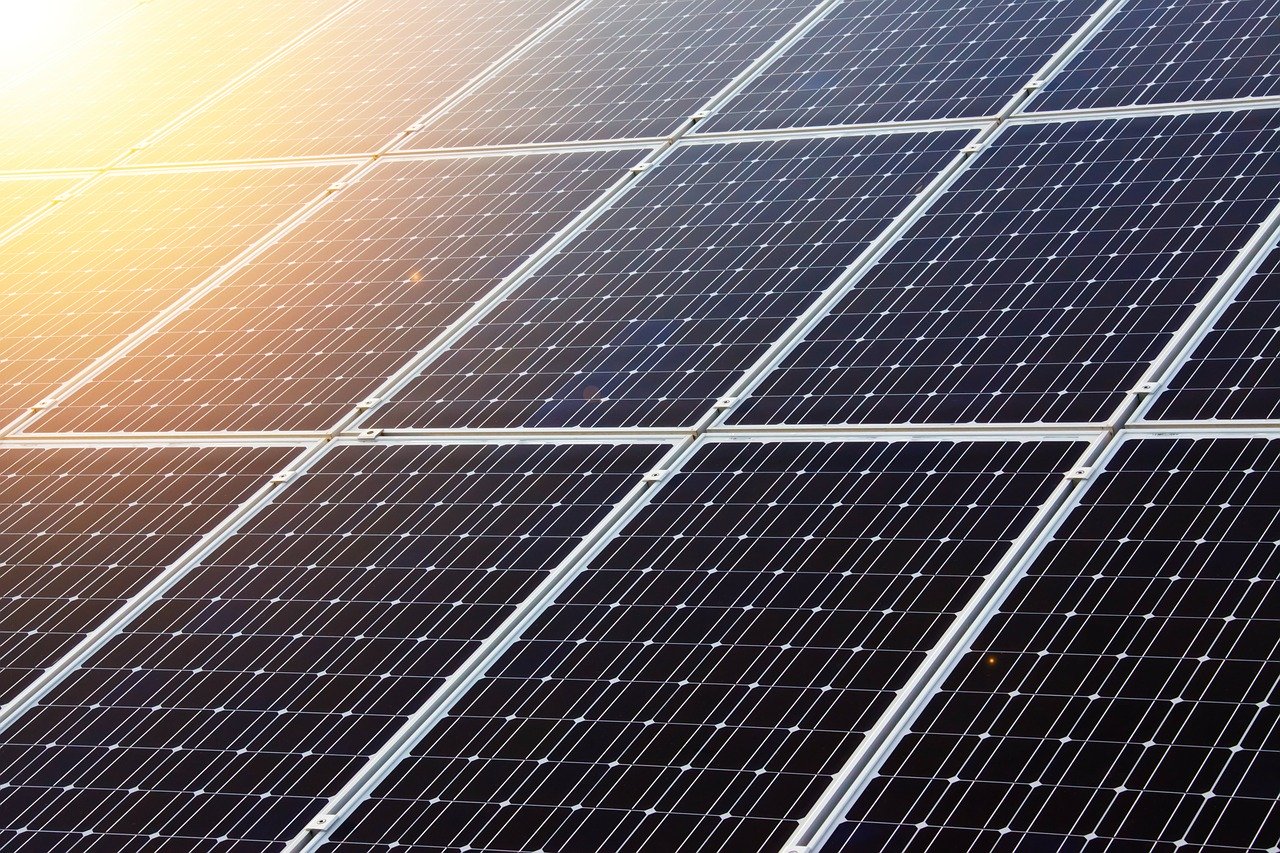
Indian Institute of Technology Madras researchers have discovered a new material to effectively split water into Hydrogen and Oxygen using solar power
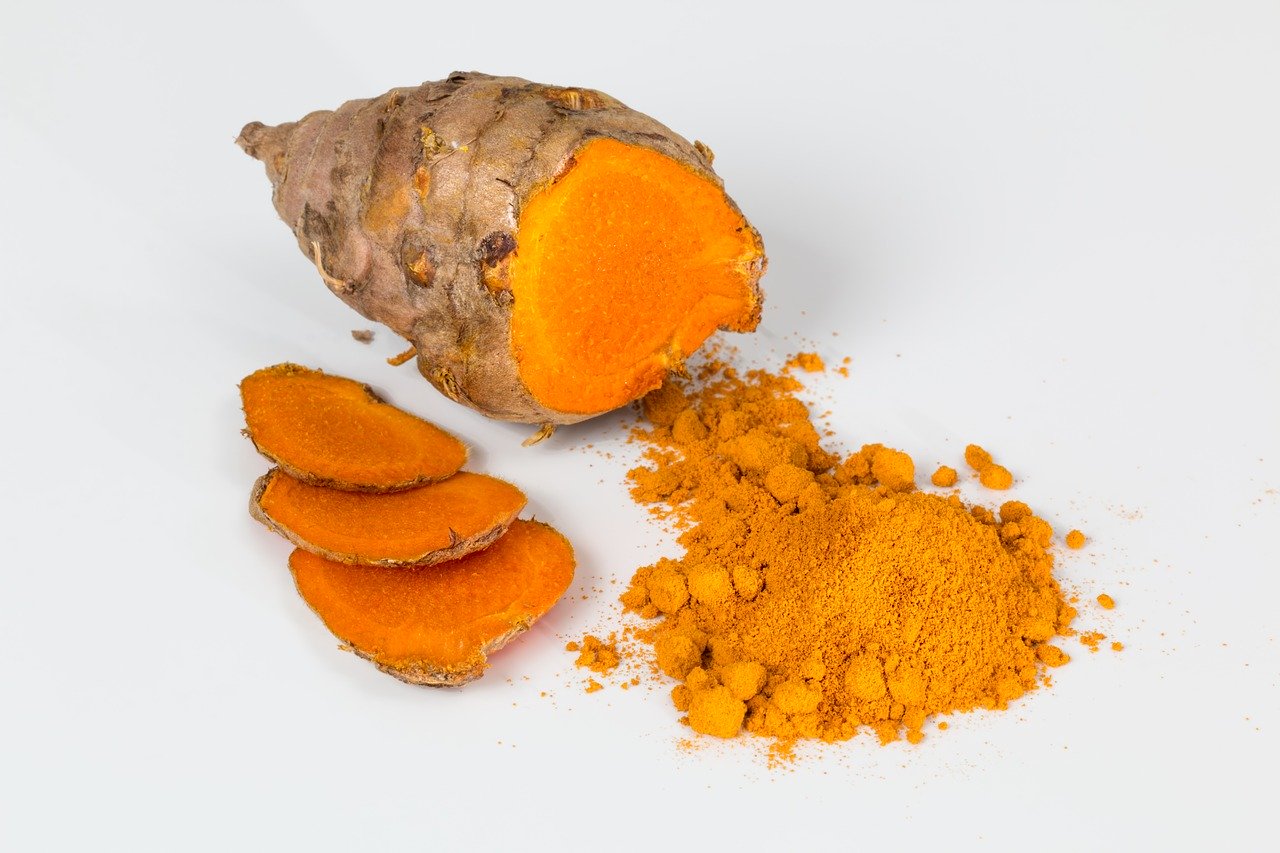
Scientists at the Indian Institute of Technology Madras have shown that the active principle from turmeric that is curcumin can enhance cancer cell death caused by a protein called ‘TRAIL.’


The Council of Scientific and Industrial Research has been ranked first in the Nature Ranking Index-2020. The rankings are based on total research output which the institutions have carried out from December 01, 2018, to 30th November 2019
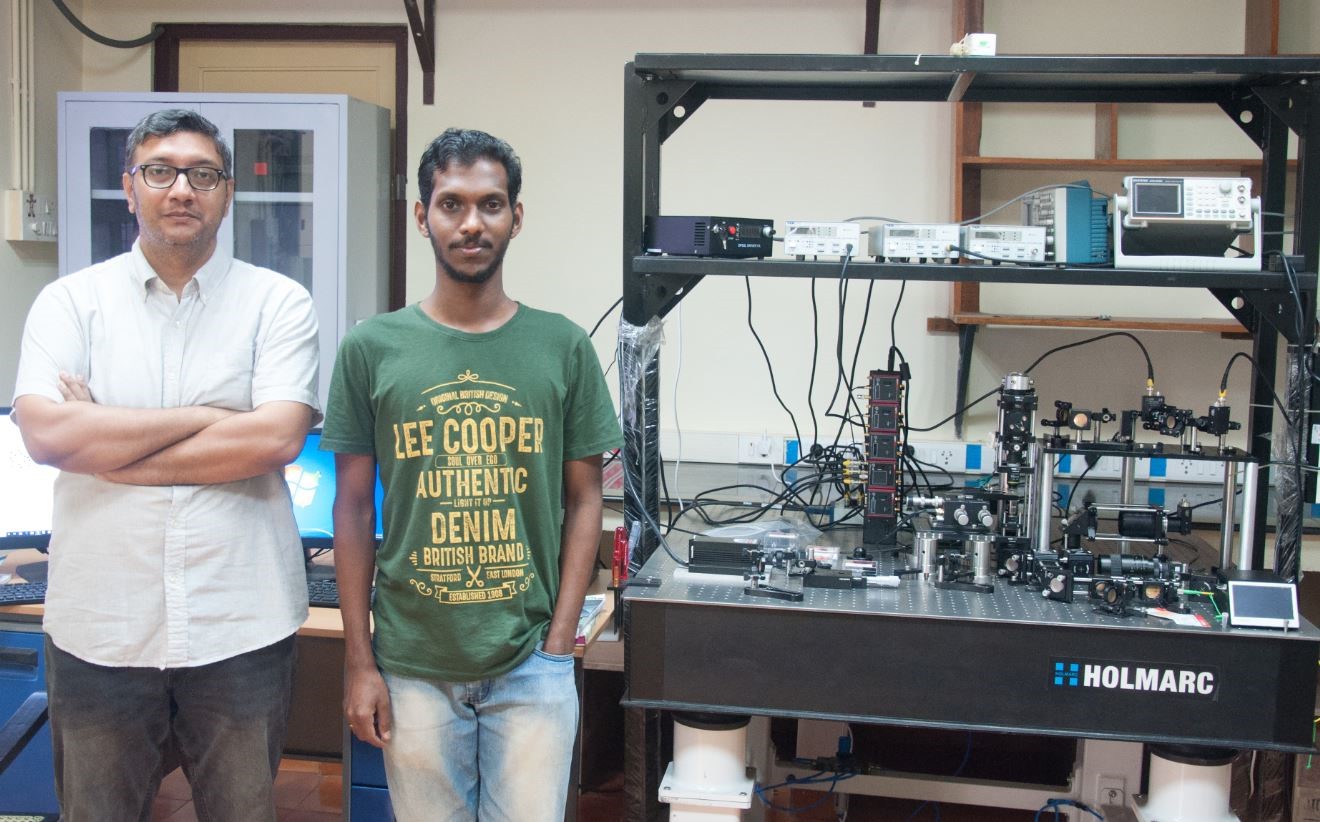
Researchers from the Indian Institutes of Technology at Madras and Roorkee, along with a scientist from the Indian Institute of Scientific Education and Research, Trivandrum, have now provided preliminary insights that water droplets transport heat absorbed from microchip surfaces by generating nano-range hydrothermal waves.
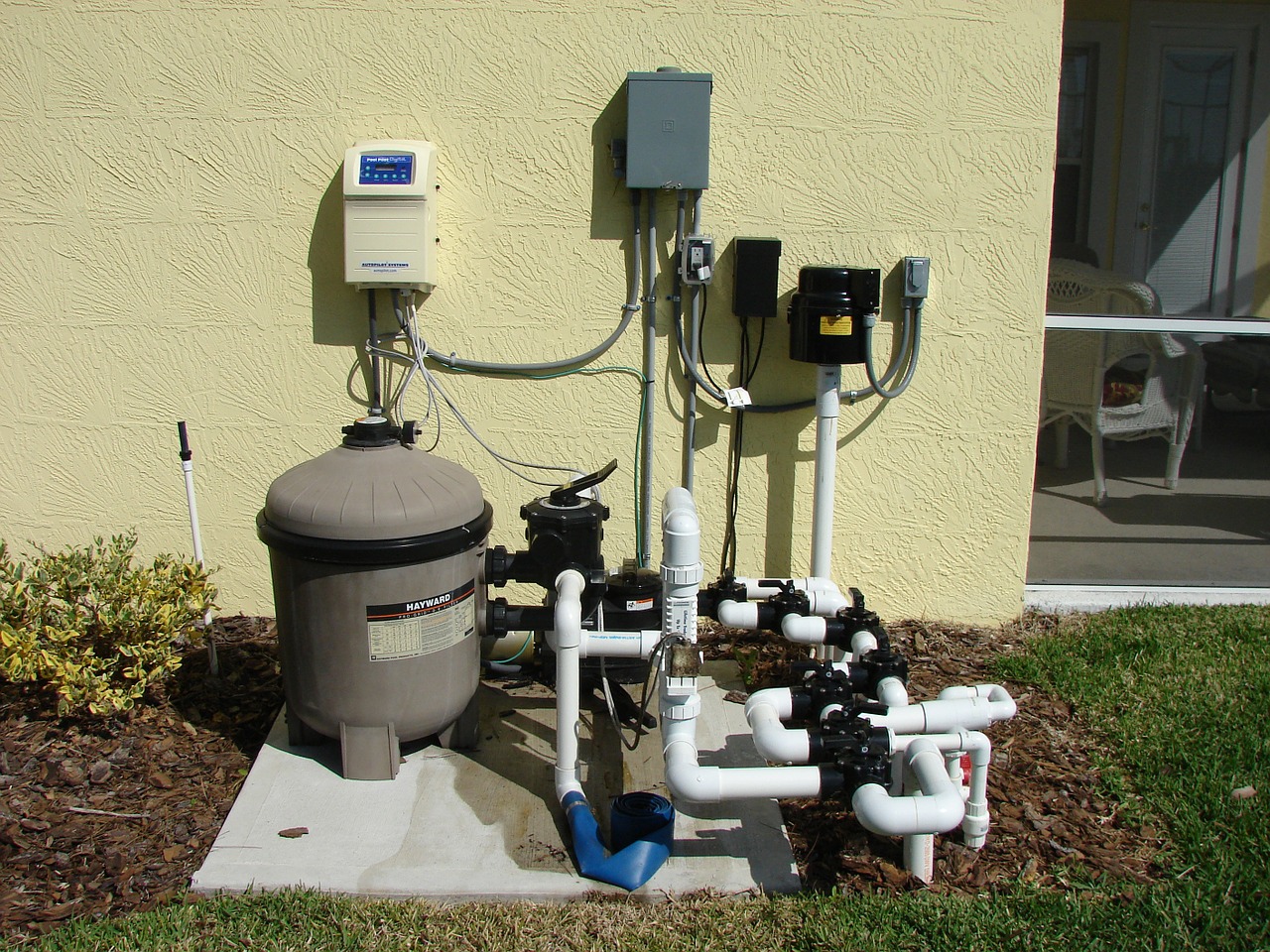
Experts working in the area of water quality management have emphasized that there can be no “one size fit all” solution to tackle the problem of water contamination as the nature and extent of pollutions varied across locations


India is a leading player in nanotechnology research globally. To facilitate research in this sector, a national facility for Atom Probe Tomography has been established at the Indian Institute of Technology Madras, in partnership with several other institutes

The performance of players and match analysis of the upcoming season of Indian Premier League (IPL) will be based on new metrics that uses data science to analyze cricket

Just imagine taking two extremely ultra-thin materials with different properties and placing one on top of the other, and obtaining a new material with hybrid properties. This is what an international group of researchers have done with two atomic level semiconductor materials and have got a new material whose properties are not only hybrid but also tunable
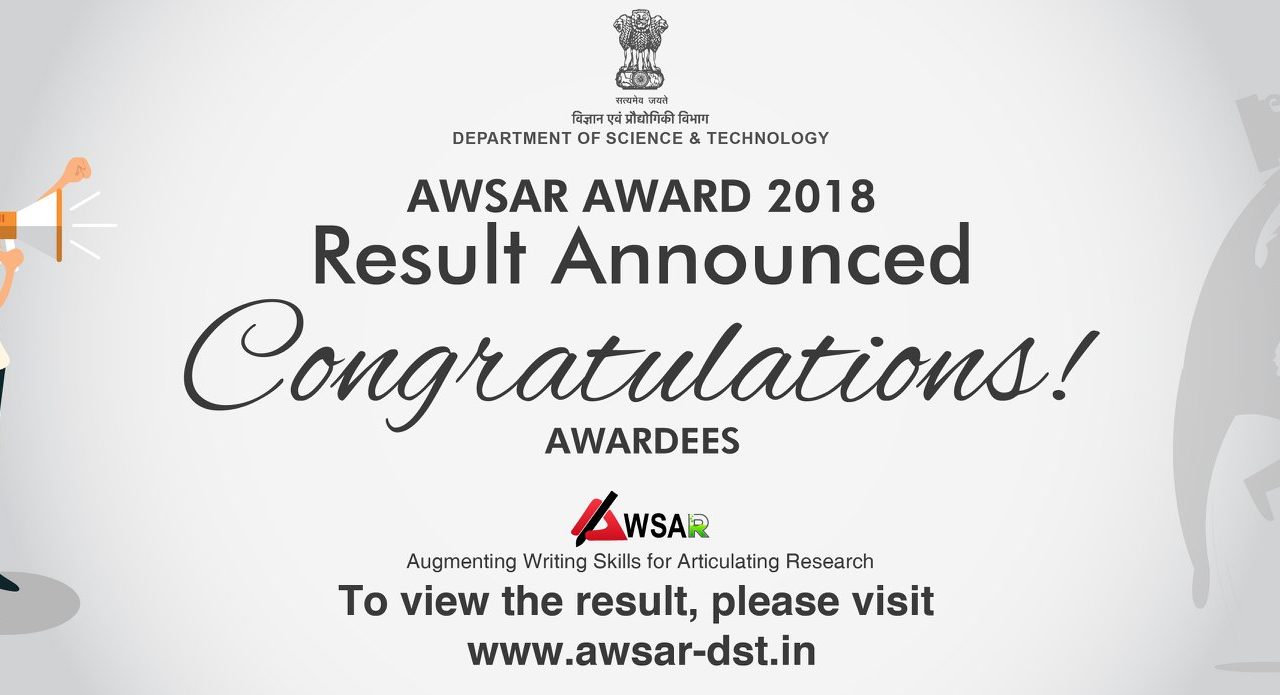
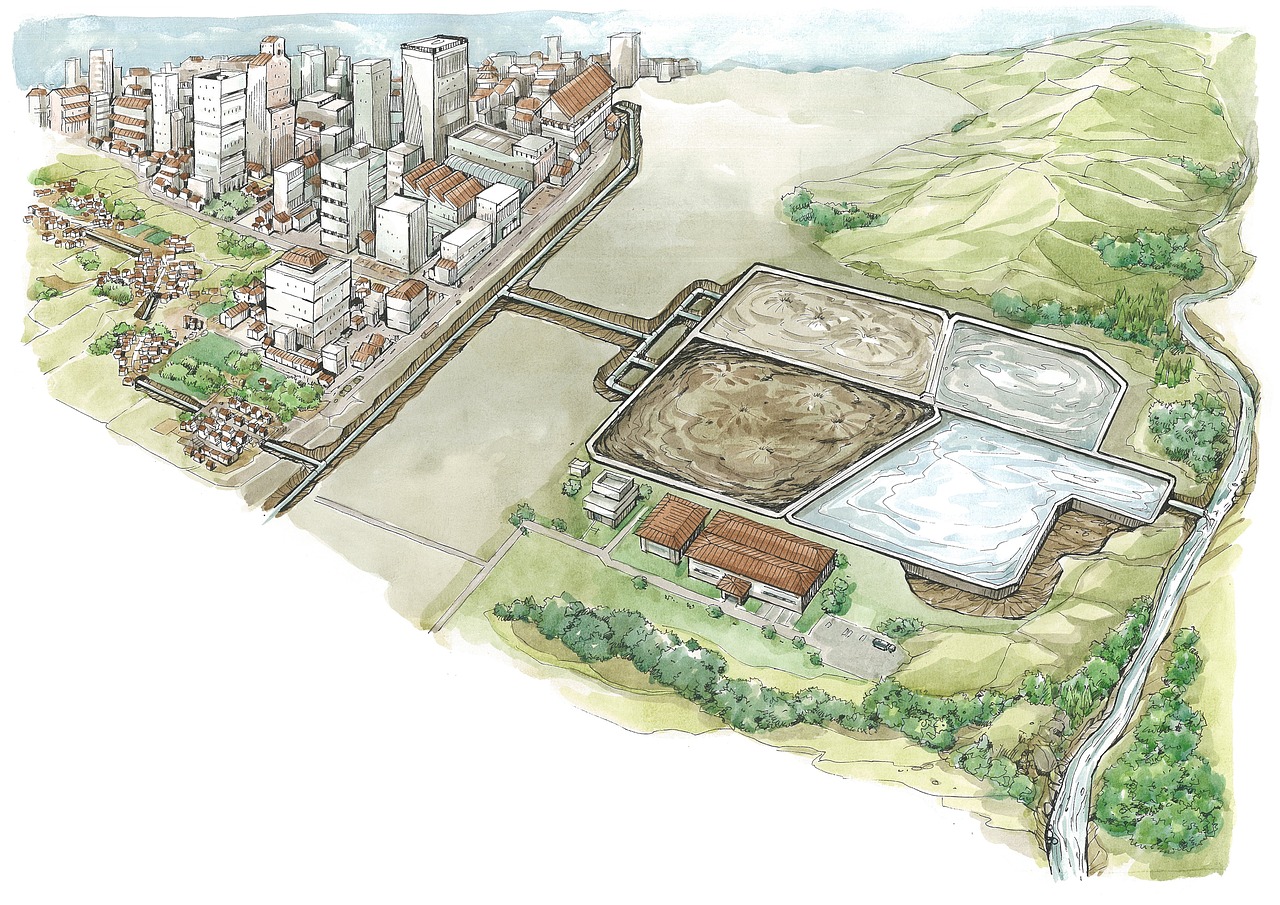
Scientists at the Indian Institute of Technology, Madras have developed a method to make a low-cost adsorbent using the weed and apply that to treat toxic effluents. The technology converts the weed into activated carbon, which, in turn, removes organic compounds, phosphate, and nitrate from polluted water.
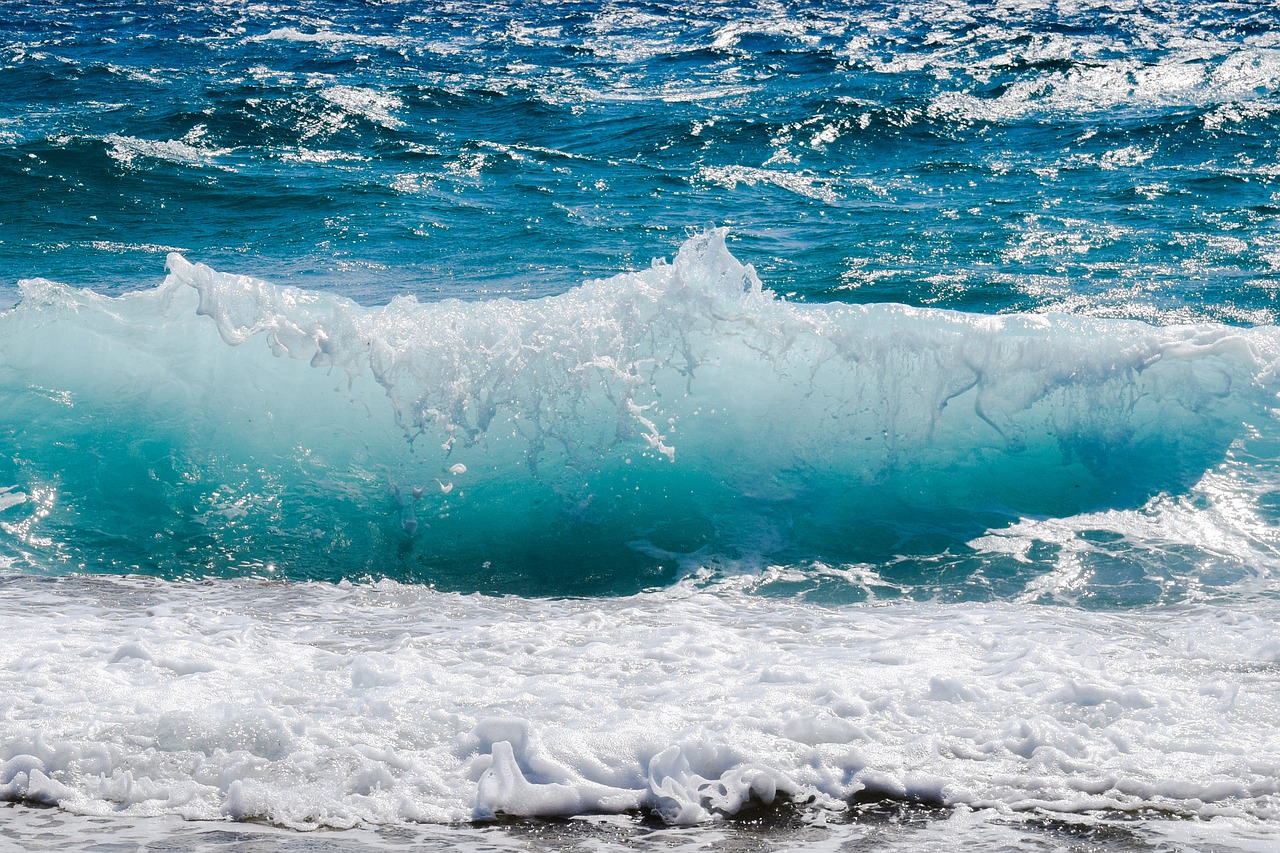
Oscillating water columns can be used to tap energy from oceanic and sea waves. The higher cost of wave energy devices, however, remains a challenge.
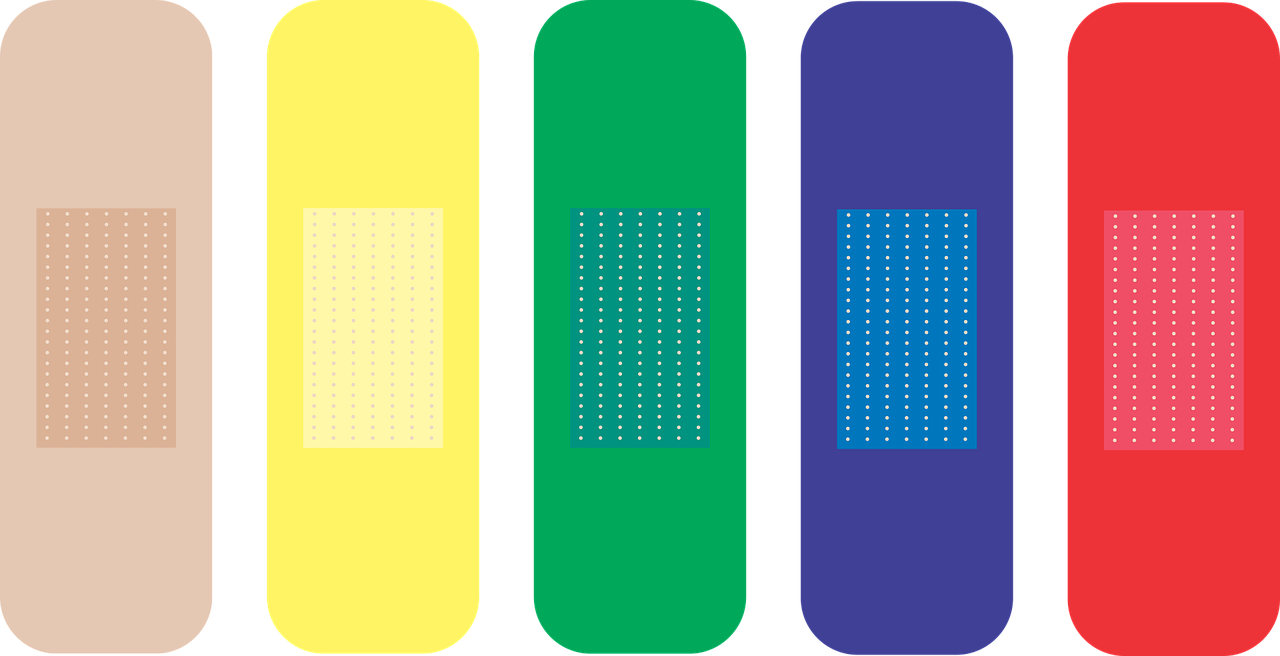
Treatment of chronic non-healing wounds in diabetes is a major clinical challenge. To address this problem, researchers at Indian Institute of Technology (IIT), Madras have developed a new wound dressing material. They have developed it, using reduced graphene oxide loaded Nanocomposite scaffolds and Isabgol.
Internet is huge! Help us find great content
Never miss a thing! Sign up for our newsletter to stay updated.
Research Stash is a curated collection of tools and News for S.T.E.M researchers
Have any questions or want to partner with us? Reach us at hello@researchstash.com